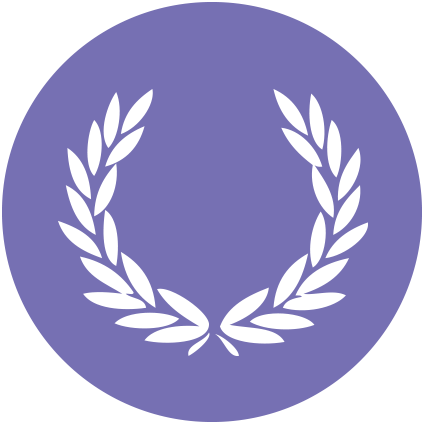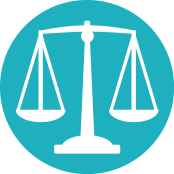





The welfare of a nation can scarcely be inferred from a measurement of national income.

|

|

|

|

|

|
|||||
| Learn about the revolutionary way to measure nations’ welfare | Compare the welfare of every nation | Find out which countries are at the top | Answer our questions to find out which country suits you best | Compare your current country with your ideal country | Book your visit to your ideal country |
Simon Kuznets is an American economist who received the Nobel Prize in economics in 1971; he is a pioneer for quantitative economic history, and thus considered at the root of the measure that is GDP. Despite his warning, prononced in front of the American Congress, GDP and its growth are nowadays still the main criteria to judge of the well-being of a country. Today, different researchers and associations aim at defining a new measure of well-being, and one is currently about to be adopted by the European Union : the Social Progress Index.
The SPI is the average of three indices, aggregating themselves different indices in order to take into account several dimensions essential to well being, such as basic human needs or opportunities, defined as a key criteria by Amartya Sen. You can discover the three indices and their components, as well as the components of these components, by cliking on the buttons below :
|
Now that the construction of the SPI has been exposed, time to discover how well countries are performing according to this index and its subindices. You can pass your mouse on the map below to see the grade each country got according to the SPI (blue), but also according to the three main categories composing it : basic human needs (green), foundations of well being (red) and opportunity (yellow). The higher the grade, the more intense the color is.
|
|
Some might find some surprising results, such as France having a lower score than Slovenia according to the SPI index. You can find in the table below all the countries and the grade associated for the four indices of interest (click on the buttons below to see the index you are interested in), that you can order by country by cliking on countries or by ranking if you click on index (click again to change the order). One interesting thing to notice is the very good performance of the Northern countries with the SPI index, with Norway and Sweden at the top, Iceland forth and Finland sixth.
| Countries | Index |
|---|
One may want more information on the scores obtained for each category, rather than just global grades and rankings. With spider graph below, you can choose two countries (or only one by selecting the same country) and see the score they get for each subindex of the three main indices composing the SPI. It's surprising to see some countries closer than we may have thougt (for example France and Estonia.
| Country | Score | Score | Score | Score | Score | Score | Score | Score | Score | Score | Score | Score | Score | Score | Score | Score | Score | Score | Score | Score | Score | Score | Score | Score | Score | Score | Score | Score | Score | Score | Score | Score | Score | Score | Score | Score | Score | Score | Score | Score | Score | Score | Score | Score | Score | Score | Score | Score | Score | Score | Score | Score | Score | Score | Score | Score | Score | Score | Score | Score | Score | Score | Score | Score | Score | Score | Score | Score | Score | Score | Score | Score | Score | Score | Score | Score | Score | Score | Score | Score | Score | Score | Score | Score | Score | Score | Score | Score | Score | Score | Score | Score | Score | Score | Score | Score | Score | Score | Score | Score | Score | Score | Score | Score | Score | Score | Score | Score | Score | Score | Score | Score | Score | Score | Score | Score | Score | Score | Score | Score | Score | Score | Score | Score | Score | Score | Score | Score | Score | Score | Score | Score | Score | Score | Score | Score | Score | Score | Score | Score | Score | Score | Score | Score | Score | Score | Score | Score | Score | Score | Score | Score | Score | Score | Score | Score | Score | Score | Score | Score | Score | Score | Score | Score | Score | Score | Score | Score | Score | Score | Score | Score | Score | Score | Score | Score | Score | Score | Score | Score | Score | Score | Score | Score | Score | Score | Score | Score | Score | Score | Score | Score | Score | Score | Score | Score | Score | Score | Score | Score | Score | Score | Score | Score | Score | Score | Score | Score | Score | Score | Score | Score | Score | Score | Score | Score | Score | Score | Score | Score | Score | Score | Score | Score | Score | Score | Score | Score | Score | Score | Score | Score | Score | Score | Score | Score | Score | Score | Score | Score | Score | Score | Score | Score | Score | Score | Score | Score | Score | Score | Score | Score |
|---|
We are a team of 4 students at ENSAE ParisTech studying data science. This website is the project of our data visualisation course. Please, feel free to send us your feedback at SPIFTW2016@gmail.com